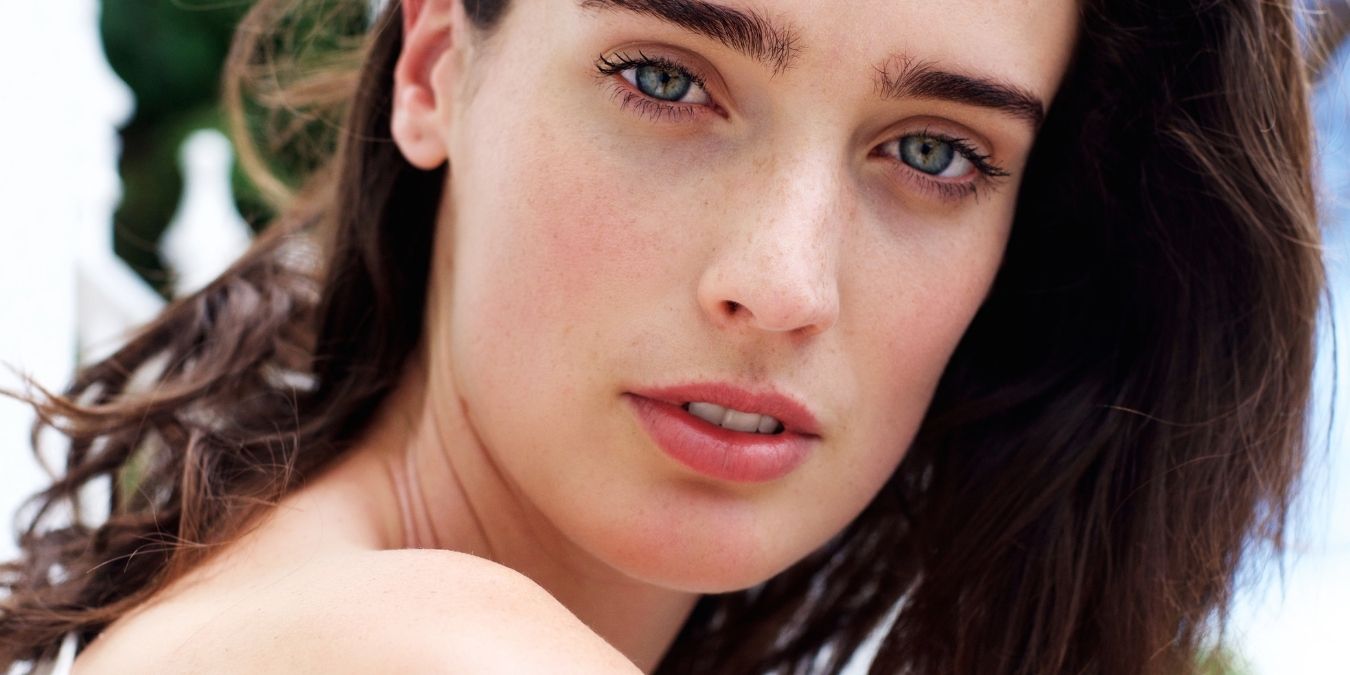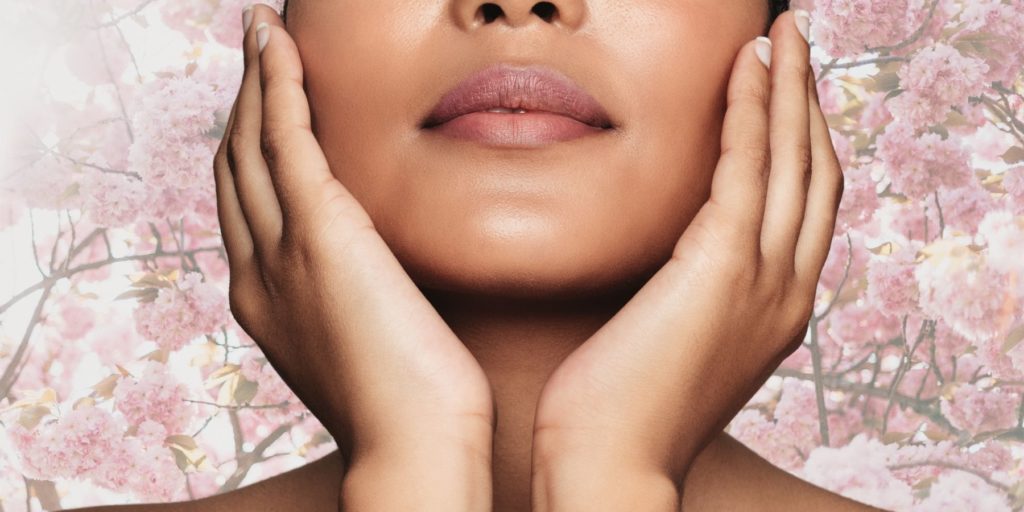THE WHAT – What Is Dermaplaning?
Dermaplaning also called dermablading is a procedure best done by an esthetician or dermatologist and is performed using a small scalpel-like tool. The surface of the patient’s skin is lightly scraped with the scalpel using a 45-degree angle. Using light feathery-type strokes, the scalpel sloughs off the build-up of dead skin cells as well as removes the tiny fine hairs that can grow on the face.
THE WHY – Why Would I Want To Have A Dermaplaning Treatment?
The top layer of our skin is continuously exposed to environmental toxins, ultraviolet rays from the sun, and other irritants, often making us look older than we are. Dermablading helps remove the top layer of our skin that consists mainly of dead skin cells, which reduces the appearance of fine lines and wrinkles, and reveals the smoother, healthier, new skin cells below.
In addition to removing the damaged dead skin cells, it also removes the fine layer of tiny hairs that grow on our faces called vellus hair. Some women are self-conscious about this facial hairm so removing it will not only provide aesthetic benefits but emotional benefits giving them a boost of self-esteem.
Also, removing this layer of hair helps makeup like foundation glide on effortlessly and look silky smooth. Also, after dermaplaning skincare products will be more thoroughly absorbed into the skin, which will boost their benefits.
Some other reasons why you might want to try dermaplaning are:
- It is painless;
- It can be done in tandem with other facial treatments to achieve optimum results;
- It can help lighten acne scars;
- It reduces the appearance of fine lines and wrinkles;
- It can be used on any skin type;
- It is safe for almost anyone, even pregnant women.

Who Is a Good Candidate for Dermablading?
A good candidate for dermablading is anyone who would like to brighten and exfoliate their skin. Also, dermaplaning is a great choice for people who have sensitive skin and cannot use certain products, including harsh exfoliating treatments. Dermaplaning is also a good alternative for pregnant women who may not be able to have other types of treatments.
Who Would not Be a Good Candidate for Dermaplaning?
Dermaplaning is not recommended for individuals with current acne outbreaks or individuals with other skin conditions.
THE WHERE – Where Can I Go for Dermaplaning?
Going to see a professional for dermaplaning is always highly recommended. A licensed esthetician, dermatologist, or cosmetic surgeon would provide you with the safest, most sanitary environment as well as excellent results. These professionals will be able to identify any possible skin issues and vellus hair vs non-vellus hair, as having non-vellus hair will result in regrowth of hair that may look worse.
A professional will be able to do a more thorough job and will know exactly how to remove the top layer of dead skin cells without using too much pressure. Most importantly, choose someone with a high level of experience in dermaplaning because we are talking about someone using a scalpel on your face, and no one wants an inaccurately performed procedure that involves a scalpel.
If you don’t have sensitive skin and just want to remove peach fuzz between visits, there are several “at home” dermaplaning kits available on the market.
THE REST – Dermaplaning FAQs
Is Dermaplaning Painful?
Dermaplaning is not painful at all as the esthetician slides the blade across the face very lightly with feather-like strokes. Most patients report that it is a relaxing experience and some have even admitted to falling asleep during the procedure. You can feel the blade sliding along your face but it should not hurt if it is being done correctly. Another good reason to leave this treatment up to the professionals!
Can Dermaplaning Cause Me to Break out?
Dermaplaning does not cause breakouts and can actually prevent them. The dead cells clogging your pores and hair follicles is a large cause of breakouts so clearing the blockages will foster healthier blemish-free skin. These blockages also will keep your skin from absorbing and realizing the benefits of skin treatments that you are probably paying a pretty hefty price to apply to your face.
Is There Any Downtime Associated with Dermablading?
There is no downtime associated with dermablading. Most patients experience some slight redness but many use their lunch hours for dermaplaning appointments and go right back to work after. The treatment normally takes less than 40 minutes.
How Should I Take Care of My Face Right after Dermaplaning?
After a dermaplaning session, experts recommend the following:
- Stay out of steam rooms or saunas and avoid strenuous exercise until the next day.
- Refrain from using skincare products containing exfoliating type additives for at least 24 hours.
- Refrain from wearing makeup for 24 hours
- Only use a mild cleanser on your face with water for about 2 weeks.
- Moisturizing regularly is important. Products that contain vitamin C, retinol, or hyaluronic acid work very well after dermaplaning.
- Pat your skin dry instead of rubbing it.
- Use a very soft cloth or your fingers instead of a washcloth to clean your face.
- Use a good sunscreen that is at least 30 SPF as your skin will be ultra-sensitive to sunlight after dermaplaning.
Can I Wear Makeup after My Dermablading Procedure?
If you can, it is best to wait about 24 hours before applying any makeup and let your skin have a break for the rest of the day immediately after dermablading. If you absolutely have to wear makeup the same day, you can, but your skin may become a bit irritated. When you apply your makeup for the first time after dermaplaning, you will be amazed at how smoothly it will glide on. Removing that vellus hair and getting rid of those dead skin cells makes a huge difference in the texture of your skin.
Don’t forget to moisturize regularly after dermaplaning! Your skin will benefit the most from skincare treatments during this time.
What Are the Side Effects of Dermaplaning?
When performed by a professional, dermaplaning poses minuscule risks and is safe for the majority of skin types. If you have sun damage, dry patches, fine lines, or dull skin you are going to be surprised at what a difference you will notice after dermablading.
Dermaplaning can cause a little redness after the procedure but nothing major. Most patients report redness lasting only 2-3 hours. If performed by someone unskilled, risks include infection, cuts, scarring, and irritation of the skin.
What Are the Cons of Dermaplaning?
The cons of dermaplaning are few and far between, and mainly pertain to unskilled providers, DIY, or pre-existing skin conditions.
- Many patients think they have vellus hair and they do not. If non-vellus hair is shaved it can become worse when it grows back.
- Skin damage can occur even using a scalpel with a guard when being performed by a non-professional.
- If dermaplaning is performed on skin that it should not be used on, it can lead to irritation, scarring, and infection.
- Results do not last a long time, approx. 3-4 weeks.
Does Hair Grow Back after Dermaplaning?
Yes, the vellus hair will grow back fairly quickly. Treatment results normally last about 3-4 weeks.
Does Hair Texture Change after Dermaplaning?
No, shaving off vellus hair does not change the texture, nor does it cause it to grow faster or slower as the “old wives tales” describe. There are no changes made to the hair follicle structure so the hair will grow back just the same as before the dermaplaning procedure.
After dermablading and removing all the vellus hair and dead skin cells, the face appears much brighter, so when hair begins to grow back, it may be a bit more noticeable than before but there have been no actual changes in the texture or color.
Will My Skin Be More Sensitive to the Sun after Dermaplaning?
Your skin will be much more sensitive to the sun right after dermaplaning. Wearing sunscreen every day is a part of a good skincare routine but it is especially important immediately after dermaplaning. Make sure you wear a sunscreen containing at least SPF 30 every day and avoid extended sun exposure for at least two weeks after having a dermaplaning procedure.
How Often Should I Dermaplane?
Most doctors and skincare professionals recommend at least waiting a month between dermaplaning treatments. For some patients, they recommend limiting treatments to only four treatments a year. Consulting a professional would be the best way to find out the right schedule for your skin type.
Is Dermaplaning Worth it?
Dermaplaning can cost anywhere from $75 to $250 per treatment depending on where you go, who performs the procedure, and other determining factors. It is worth paying a little extra to ensure that the procedure is done safely and by a licensed professional. When you see the dramatic differences in your skin, you will be convinced it is worth it.
If you are interested in setting up an appointment for dermaplaning or learning more about the procedure, contact SurgiCare Arts & Aesthetics today. During your personal consultation, we can explain how dermaplaning can benefit you.
Dr. Angelina Postoev, MD, FACS, a triple-board certified cosmetic surgeon, and Christopher Ibikunle, MD, FACS, offer dermaplaning in Atlanta, Lawrenceville, Suwanee, Johns Creek, Buckhead, and the surrounding areas of Atlanta, Georgia.






